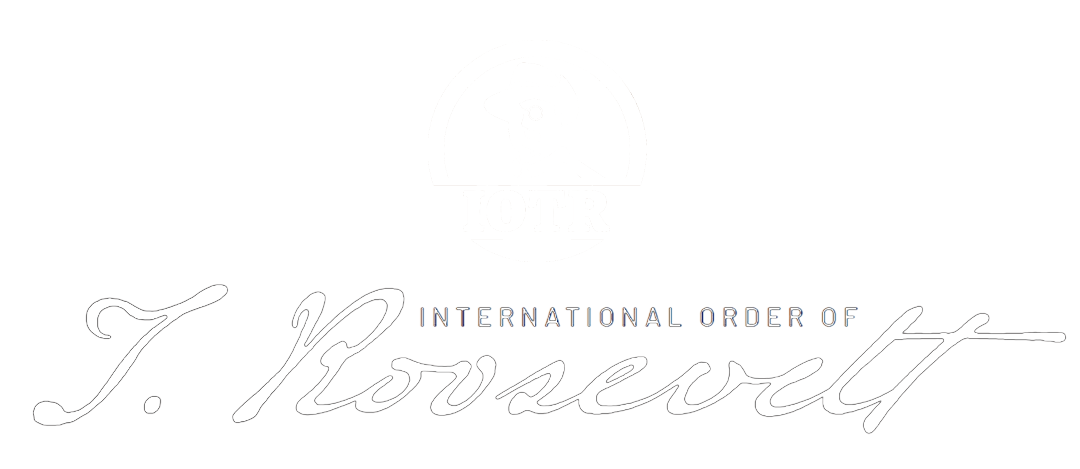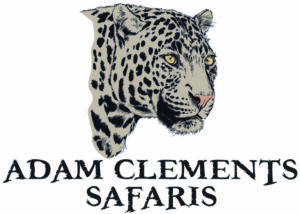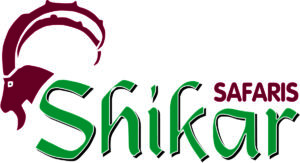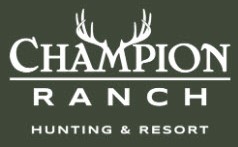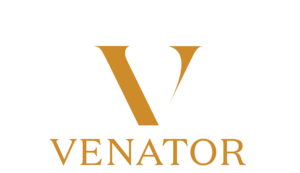MISSION
Keep lands useable for multiple purposes by restoring the population of the sage grouse.
ABOUT THE GREATER SAGE GROUSE
The male Greater Sage-Grouse, with his fluffy, white ruff and big, fanning tail, has one of the most remarkable displays in the northwestern United States. For his spectacular mating display, he struts around, puffing out a pair of yellow air sacs on his breast and using them to make a series of throaty, popping sounds to attract females and intimidate other males. During the rest of the year, the sage-grouse is highly social, sometimes forming flocks of hundreds of birds. It forages on leaves, flowers, stems, fruit, and insects; a key component of its diet is sagebrush—hence its name. Sagebrush habitat could be in trouble, though; millions of hectares have been cleared for crop-growing, and other areas are threatened by urbanization, livestock grazing, and invasive, non-native grasses. (Source: Audobon)
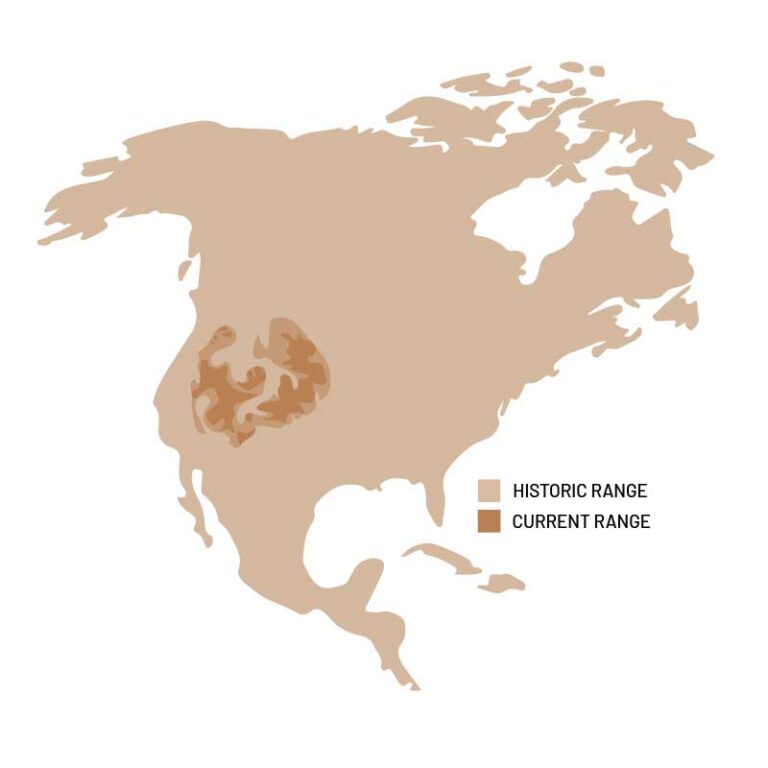
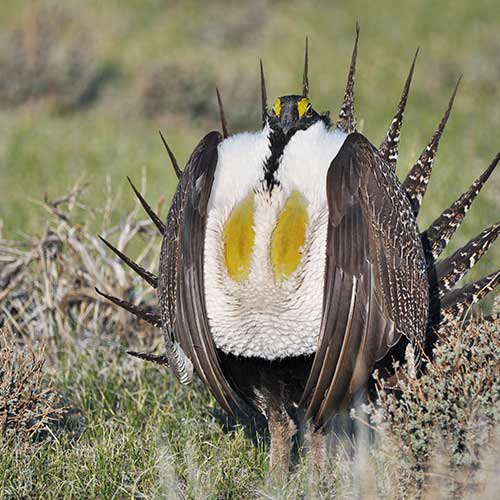
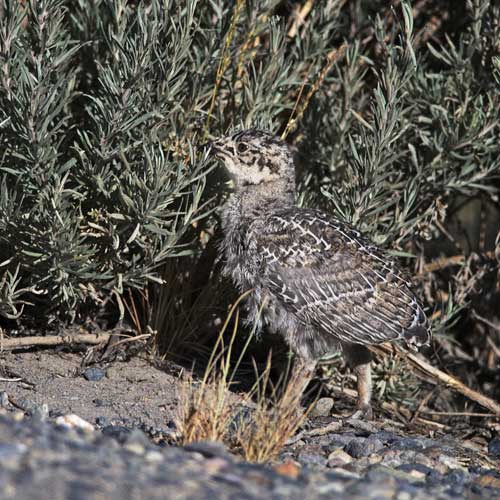
THE GREATER SAGE GROUSE HAS LOST 40% OF ITS HABITAT AND IS IN DECLINE
It is estimated the sage grouse inhabits less than 50% of its historical habitat and as of today inhabits ~ 150 million acres. The grouse is found in 11 states: Washington, Oregon, California, Utah, Nevada, Wyoming, Colorado, Idaho, Montana, South Dakota, and North Dakota. Of the estimated lands, the jurisdiction is comprised of federal, state, and private at 64%, 5%, and 31%, respectively.
These lands are primary for stakeholders for natural resources, including oil and gas, agriculture, recreation and other wildlife. Sage grouse is characterized as an indicator species, which is used to extrapolate the health of 350 other species that share the lands, such as elk, deer, mule deer, pronghorn, and others.
In 2002, the U.S. Fish and Wildlife Service was petitioned to list the sage grouse, and several groups supported the petition such as Center for Biological Diversity, WildEarth Guardians, American Lands Alliance. And from 2010-2015, the species was listed as a candidate under the Endangered Species Act but precluded from listing from higher priorities. The threats to the species were habitat loss, fragmentation due to energy development, invasive species, and wildlife fires. Because of the investment at the state, federal (Bureau of Land Management, Fish and Wildlife Service, Forest Service), and local level with association, non-profits, agencies, private landowners to conserve land, restore and rehabilitate lands, management was left to state and their state management plans.
In late 2020, the US Fish and Wildlife Service was challenged for its decision not to list the bi-state population of the Greater Sage Grouse by Western Watersheds Project, WildEarth Guardians, Center for Biological Diversity. The bi-state population is found in the desert sagebrush of Nevada and California. The U.S. Geological Survey holds that the world’s population of Sage grouse is 200,000-500,000.
In 2021, a federal judge ordered the BLM to consider withdrawal of 10 million acres from oil and gas development for sage grouse conservation and to re-initiate environmental assessment under National Environmental Policy Act (NEPA). Additionally, the federal court directed to BLM to update the range-wide management plans for sagebrush habitat. The Forest Service is also re-evaluating its land use plans for the conservation of the sage grouse. Ultimately, the agencies will seek to keep these federal lands undisturbed in Idaho, Montana, Nevada, Oregon, Utah, and Wyoming.
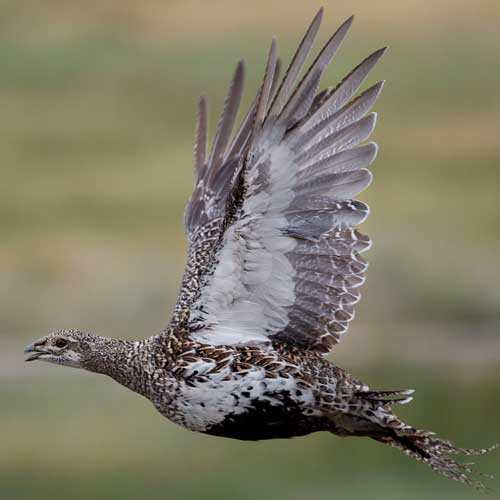
WHAT IS AT RISK?
If the Greater Sage Grouse is added to the Endangered Species List, 10 million acres will be withdrawn from recreational, hunting, and oil and gas development.
ACTIVITIES TO ADDRESS THE RISK
IOTR’s project will transform this landscape to improve the population of sage grouse that will enable purposeful use of these multiple use lands. IOTR will introduce captive bred sage grouse into the sagebrush steppe habitat. Many organizations and agencies have invested in reserving through easements or land acquisition, restoring, and rehabilitating sagebrush habitat; the lands are conducive habitats for the sage grouse. IOTR is bringing a different approach to conserve the species and allow multiple use of the lands.
PROJECT DETAIL: To reintroduce sage grouse to improve the population across its range. The work on captive breeding sage grouse began in 2011 and a brood stock of captive bred sage grouse has successfully had offspring in Spring 2022. A comparison between the wild grouse performing their mating dance on the lek was indistinguishable from the captive bred sage grouse in the facility. These offspring and future offspring will be purposefully reintroduced on lands, prior to human imprinting to ensure their survival. The chart below outlines the anticipated population numbers and the budget.
The sage grouse are bred and raised with scientific knowledge and well experienced breeder of game birds: pheasants, chukars, and others. The grouse are raised in facility located in Wyoming. Additionally, Wyoming has enacted legislation that enable the collection of wild sage grouse, which will assist in maintaining genetic diversity of captive bred population and provides for licensing of captive sage grouse operation.
The offspring will of brood stock will have little to no human interaction to prevent human imprinting and retain the natural characteristics of the grouse.
Summer and Fall 2022: Translocate offspring into new facility, introduce on private lands and track the migration. Enlarge infrastructure for Spring 2023 breeding. Each year, will introduce produced offspring into the wild, with the following goal by 2026.
Fall 2026: By Year 4 a self-sustaining sage grouse operation that will be able to sell 50,000 sage grouse annually at a reasonable cost thanks to the scale of this project. As of today, there is no recourse to improve the condition of the sage grouse except to close off more premier lands.
Monitoring will involve continue to keep a detailed bird list in the Project area.
